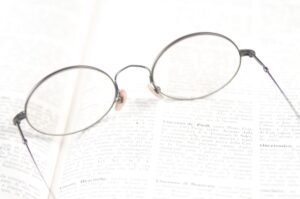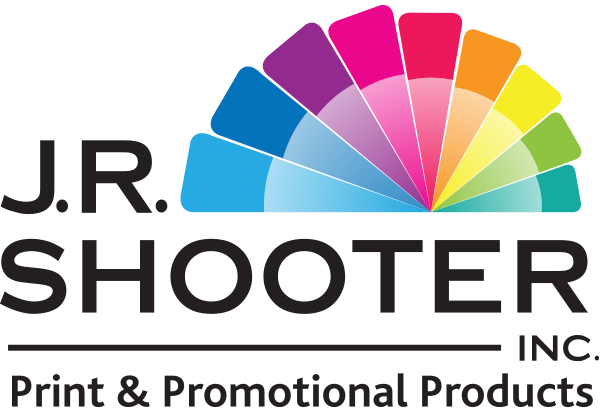Is this too small for print?
Someone hands you a business card, and you slip it into your wallet. A few days later, you need to call them, so you pull out the card—only to squint at the tiny text and wonder if you need a magnifying glass just to read the phone number. Sound familiar?
Font size plays a huge role in the effectiveness of a business card. Keeping your fonts above 9pt is essential if you want people to actually read your information. But here’s the catch—just looking at your design on a screen isn’t enough when you’re reviewing a proof. Screens can be misleading. What looks clear and readable at 150% zoom might turn out to be microscopic when printed at actual size.
I had a customer who insisted on shrinking the font size on his business card to squeeze in more information. I strongly advised against it. Sure, it fit everything he wanted—but at the cost of readability. Anyone with less-than-perfect eyesight would struggle to read it, which defeats the whole purpose of the card. If someone can’t read your contact info, how can they get in touch?
My best advice? Always request a printed proof, or better yet, print the design to scale on your own printer before finalizing it. Hold it in your hand, just like someone would when they receive it. Can you read everything without straining your eyes? If not, adjust it.
Business cards are meant to communicate, not confuse. If the text is too small, too light, or too crowded, you risk losing potential customers or connections simply because they can’t read your details.
So next time you’re designing a card, think practically. Make sure it doesn’t just look good on screen—make sure it works in real life.
Is this too small for print? What’s the weirdest or hardest-to-read business card you’ve ever come across?


